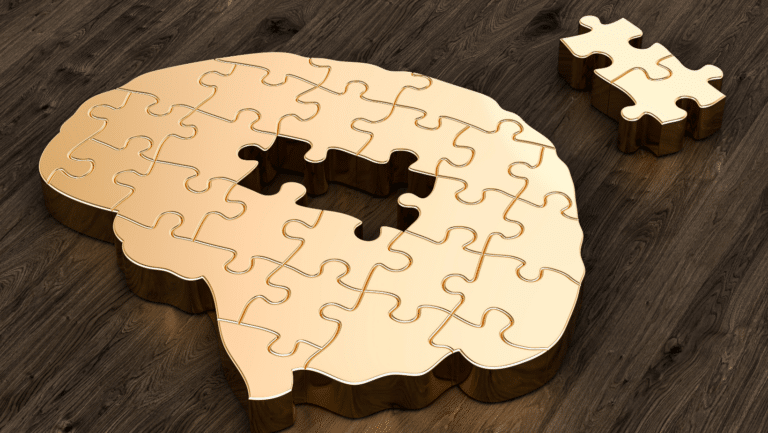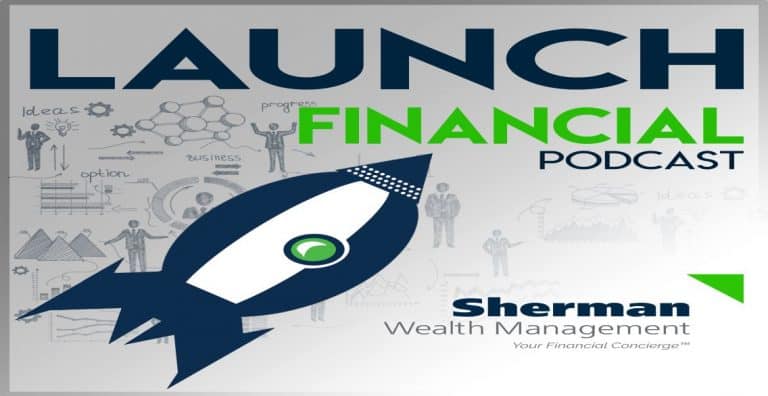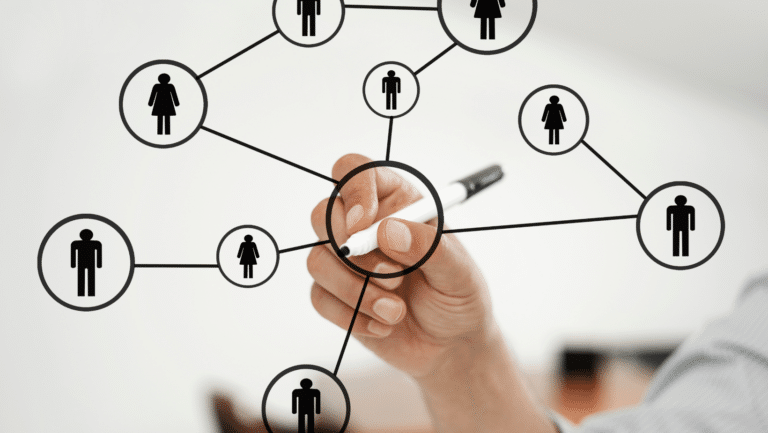Information on Your Student Loans During the COVID-19 Crisis
The recent stimulus package recently passed by Congress gives most federal student loan borrowers a six-month break from payments. It comes after a series of announcements by the U.S. Department of Education meant to alleviate student loan stress. The new law takes that relief even further. The biggest break is that you can stop making…



